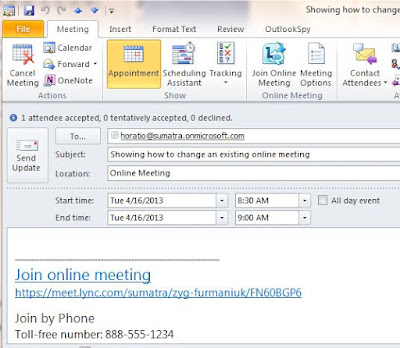We've just upgraded our cmdlet for inserting holidays server-side into Exchange 2010. We'll give you some more details about that in a later post.
Mainly we're writing because we've just completed a
site that lets you upload holidays into Office 365 without the cmdlet.
We're treating it as a beta right now -- but we want folks to try out the online experience since it's one of the easiest ways to actually see how the full cmdlet works. The "Buy" button will not be active until next week or so.
We've tried to make the web interface as easy as possible. Folks who have been through a migration with us will also recognize our 1930's Soviet tractor style of user interface (not pretty but it works -- if the market responds well to this we've already got plans to update it). And since we traditionally use Jimi Hendrix as a sample account we are announcing this shortly after after his birthday.
You will need credentials for a service account that has Impersonation permissions to any of the accounts you want to modify. This will be no surprise to any Exchange administrators. The full manual for the cmdlet goes over how to do this.
Then you select if you want to insert into a single calendar or upload a list of calendars to insert.
And the default calendar list goes right into Jimi's calendar.
Note that you can also remove inserted holidays automatically but leaving all other calendar data intact.
The web-based version allows you to do select a list of SMTP addresses to insert at once. In the unlicensed version we limit this to 25 users per day, and only allow you to select US or UK holidays that we have already defined.
The full cmdlet allows you a lot more functionality: multiple time zone support, script-ability, and LDAP query insertions.
For the record, US Federal Holidays came from
http://www.opm.gov/operating_status_schedules/fedhol/2013.asp Our default file will insert JUST THIS LIST (i.e., NO “Day after Thanksgiving”) and we left Veteran’s Day a ”Free” day rather than a Busy day,





























